The rules that govern the labor market determine whether our wages stay flat or whether they rise as working people become more productive and create more wealth. For the past 35 years, politicians have made policy choices that keep wages flat and allow people at the top to capture the gains from economic growth. We must rewrite the rules of the labor market to ensure working people share in the wealth we help create and our incomes rise as we become more productive. Rewriting the rules must include putting full employment back at the center of our economic policies and increasing the minimum wage to $15 per hour.
When unemployment stays low for a long time, employers compete for workers by offering higher wages. The result is rising wages for all working people. Full employment was an economic policy priority before 1979, and the result was that wages grew in line with productivity, and inequality shrank dramatically. Since 1979, however, full employment has not been a priority, and this is one of the most important ways that the rules of the labor market have been rewritten at the expense of working people. The average monthly unemployment rate before 1979 was 0.8 percentage points lower than it has been since 1985.
Despite enormous job growth since the Great Recession, we still are not at full employment today. One key piece of evidence that we still are not at full employment is weak wage growth; another is unemployment in the African American community, which remains at near-recession levels. To rewrite the rules for working people and ensure our incomes rise as we become more productive, we need both fiscal and monetary policy to prioritize full employment once again.
Even with full employment, however, we need a strong minimum wage to sustain workers’ bargaining power, since the minimum wage sets a limit on how much wages can fall when a worker loses or quits a job. The erosion of the minimum wage is another important way the rules of the labor market have been rewritten at the expense of working people. From 1946 to 1979, Congress periodically expanded coverage of the federal minimum wage and increased its value to track both inflation and wage growth. As a result, not only did wages rise in line with productivity, but poverty for African American families also fell dramatically—from 65.6% in 1965 to 39.6% in 1969. Since 1980, by contrast, policy makers have allowed inflation to eat away at the value of the minimum wage.
In 2016, the federal minimum wage was worth 25% less than its peak value in 1968. If the minimum wage had risen since 1968 at the pace of productivity growth, it would be $21.36 in 2024. Since more women have joined the labor market, a higher minimum wage is crucial to closing the gender pay gap and boosting income for middle-class families that rely more on the earnings of women. To rewrite the rules of the labor market and strengthen worker bargaining power, we need to increase the minimum wage to account for inflation, the entry of more women into the workforce and the vastly increased productivity of working people.
With this in mind, we commit to the following actions:
• We will support federal and state legislation to increase the minimum wage to $15 per hour and index to inflation.
• We will advocate for appointments to the Federal Reserve Board of Governors for those who are committed to full employment—measured by the growth of real wages in line with productivity.
• We will support budget and tax policies that prioritize full employment and good-paying jobs—including public investment in infrastructure.

